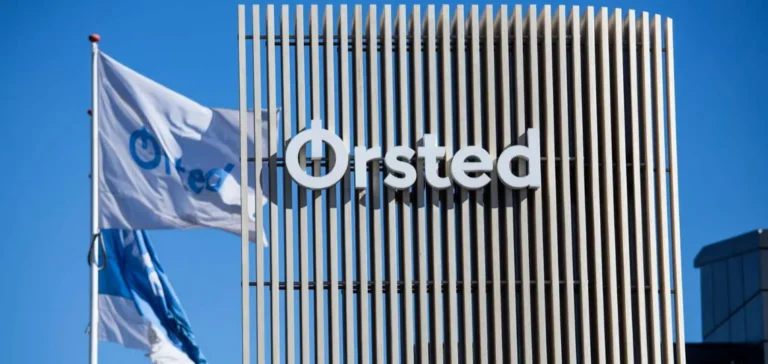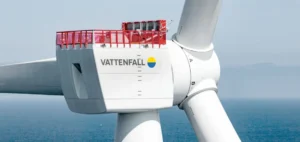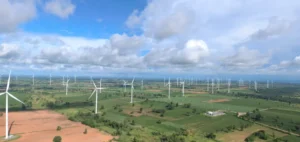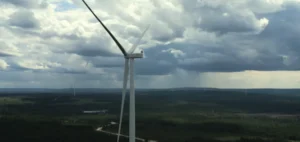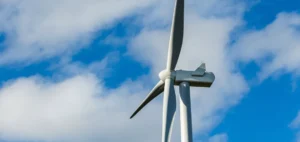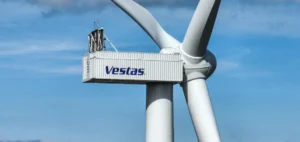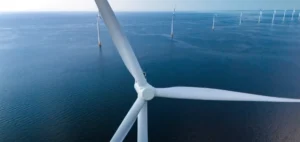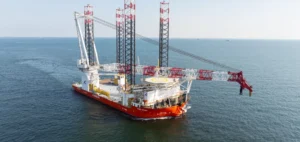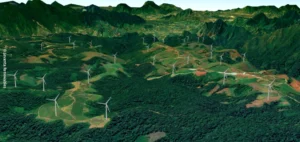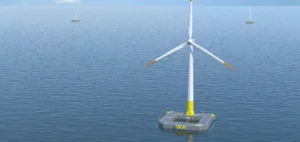Equinor ASA announced its intention to participate in the capital increase proposed by Ørsted A/S, with a potential commitment of up to $939mn. This decision follows a proposal from Ørsted’s board of directors on August 11, aiming to strengthen the company’s balance sheet amid growing pressures on the offshore wind sector.
Maintaining the strategic stake
The Norwegian energy company, which currently holds 10% of Ørsted’s share capital, specified that it would subscribe to the fundraising through preferential rights granted to existing shareholders. The operation seeks to secure the financial stability of the Danish operator, as the industry faces rising costs, logistical delays and increasing pressure on returns.
Equinor also indicated that it will propose a candidate to join Ørsted’s board of directors at the next annual general meeting. This initiative reflects the group’s ambition to strengthen its long-term industrial influence within the company while consolidating potential synergies in offshore project development.
Positioning amid sector turbulence
According to Equinor, the decision to support this operation reflects confidence in Ørsted’s business model and in the competitive potential of offshore wind in selected markets. The group also noted that the industry is set to undergo consolidation and the emergence of new business models adapted to current volatility.
The Norwegian company did not rule out a closer strategic alignment with Ørsted. It stated that broader industrial collaborations could create value for all shareholders, at a time when offshore wind seeks to maintain its economic appeal.
Offshore portfolio and financial constraints
Equinor emphasised that its commitment falls within its existing financial strategy, without revising capital distribution objectives. The group currently manages a portfolio of 0.4 GW of net installed offshore wind capacity and is developing an additional 3.0 GW, mainly in North-West Europe and the Empire Wind 1 project in the United States.
In addition, Equinor continues to closely monitor developments in the US offshore wind market, a sector facing regulatory and economic adjustments. The group stated it remains in dialogue with Ørsted to adapt its actions as the situation evolves.


